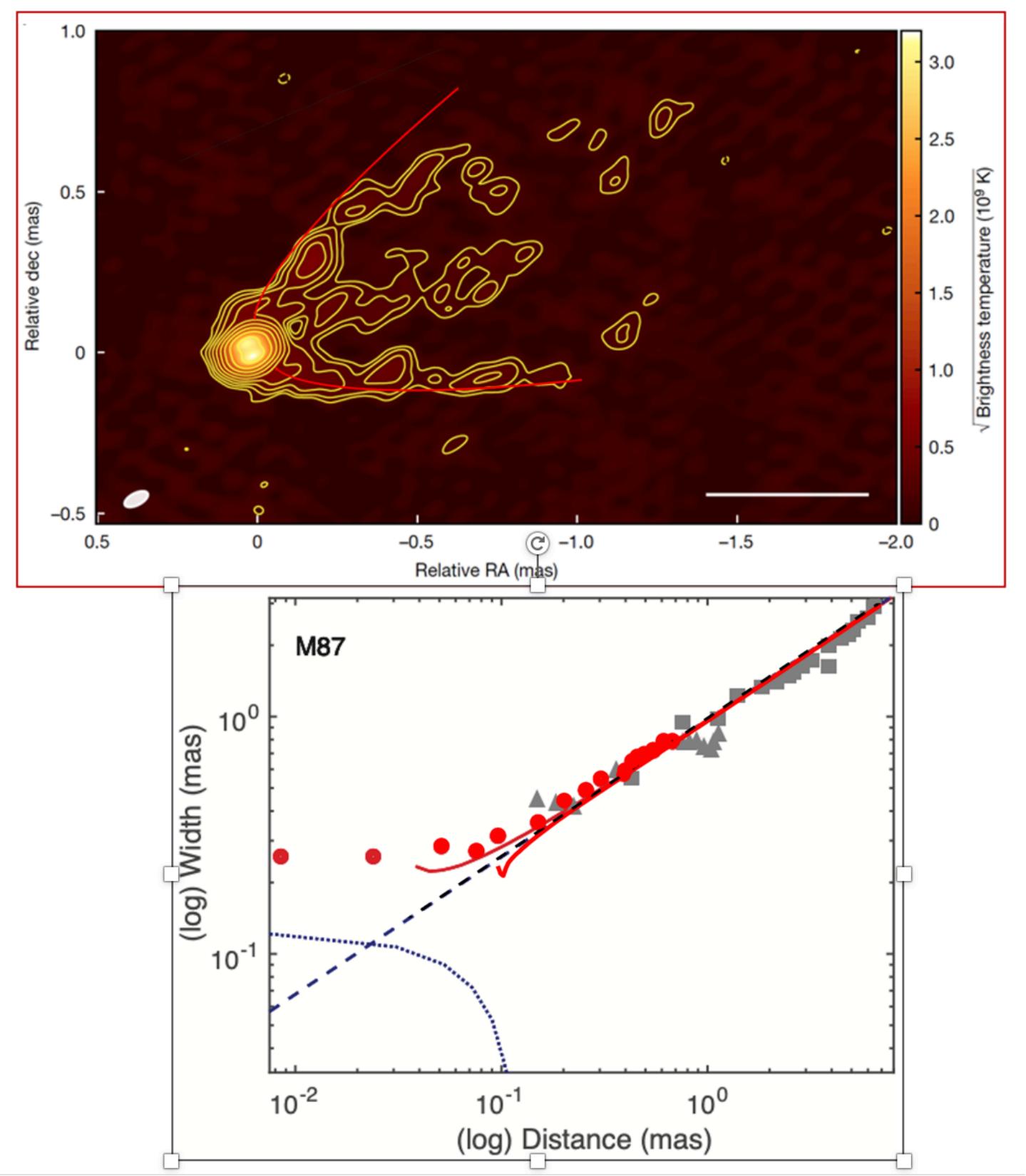

Scientists Propose Unified Framework for Understanding Astrophysical Outflows
A recent collaboration between Professor Willem Baan of the Xinjiang Astronomical Observatory and Professor Tao An of the Shanghai Astronomical Observatory has yielded important results. They have developed a novel theoretical model that successfully explains astrophysical outflow phenomena spanning twelve orders of magnitude, from protostars to supermassive black holes. The research has been published by The Astrophysical Journal, a leading journal in the field of astrophysics.
The study pioneers the integration of supersonic deLaval nozzle theory with ambient pressure gradients, providing a unified framework for understanding the collimation and acceleration of outflows throughout the Universe. The researchers discovered that despite vast differences in energy and scales — from the slow gas outflows in planetary nebulae to relativistic jets in active galactic nuclei — outflow morphologies are predominantly shaped by ambient pressure gradients.
Through comprehensive analysis of multiple classed of celestial objects, the team has thoroughly validated the model's universality. In planetary nebula Hb 12, the model accurately reproduces its characteristic hourglass-shaped outflow structure. For protostar HOPS370, the theory successfully explains the formation mechanism of its bipolar outflow. Notably, in FR I radio galaxies 3C 84 and M87, the model accurately describes the evolution of relativistic jets by incorporating gravitational effects from supermassive black holes. These results strongly confirm the broad applicability of the theoretical framework.
"This research reveals a universal physical mechanism in astrophysical outflows, offering a new perspective on matter transport from stellar to galactic scales," notes Professor Willem Baan. Professor Tao An adds, "This unified framework not only resolves long-standing theoretical challenges in astrophysics but also guides future observational research."
Moreover, the model shows promising applications across various research areas, including Be-type stars, accreting neutron star systems, and starburst-driven galactic outflows, demonstrating the universal importance of ambient pressure gradients in shaping astrophysical flows.
This research was supported by the Ministry of Science and Technology's SKA Project and the Xinjiang Tianchi Talent Program.

(top): The MODEL shape (red curve) is superposed on the high-resolution map of the inner regions of the jet of the Super-Massive Black Hole nucleus of the galaxy M87 (contour levels).
(bottom): The MODEL fit superposed on the observed width of the jet as function of distance.
Attachment Download: